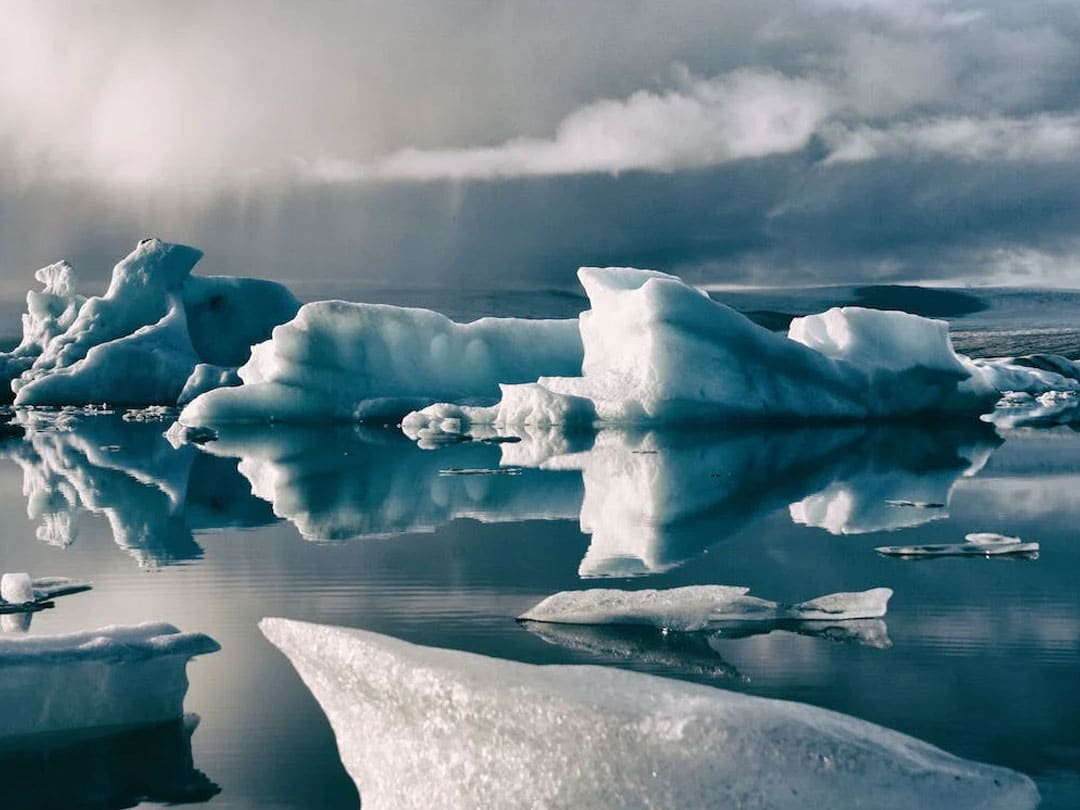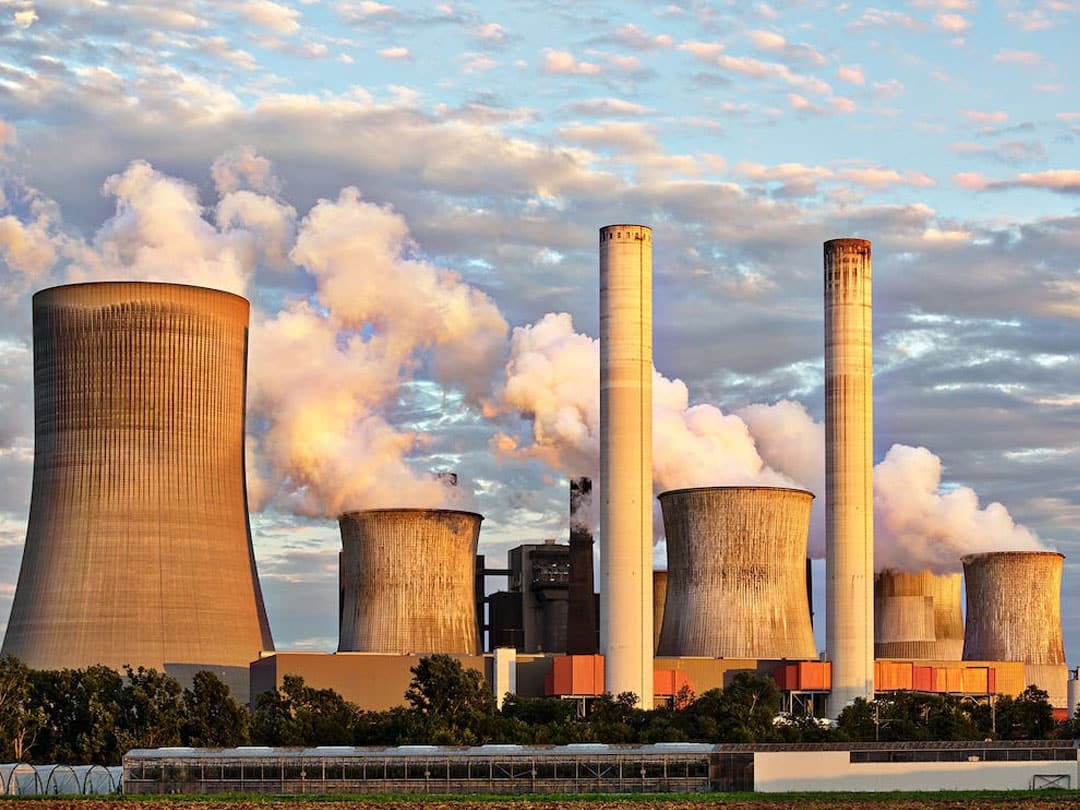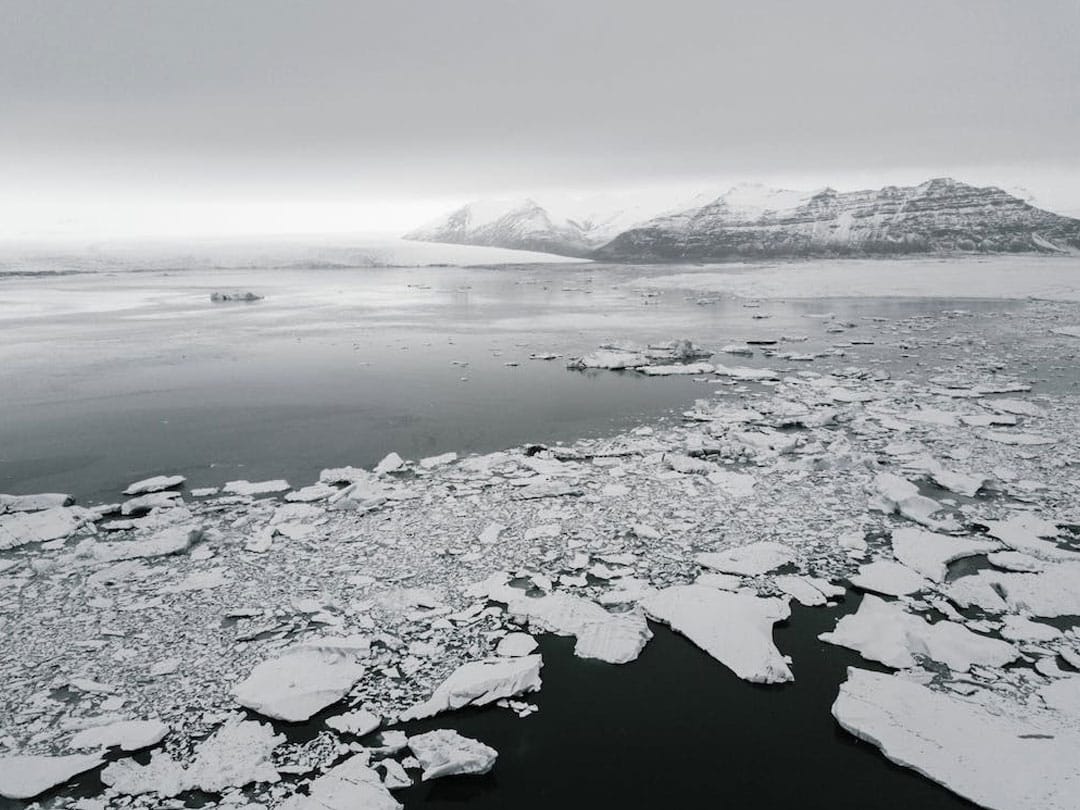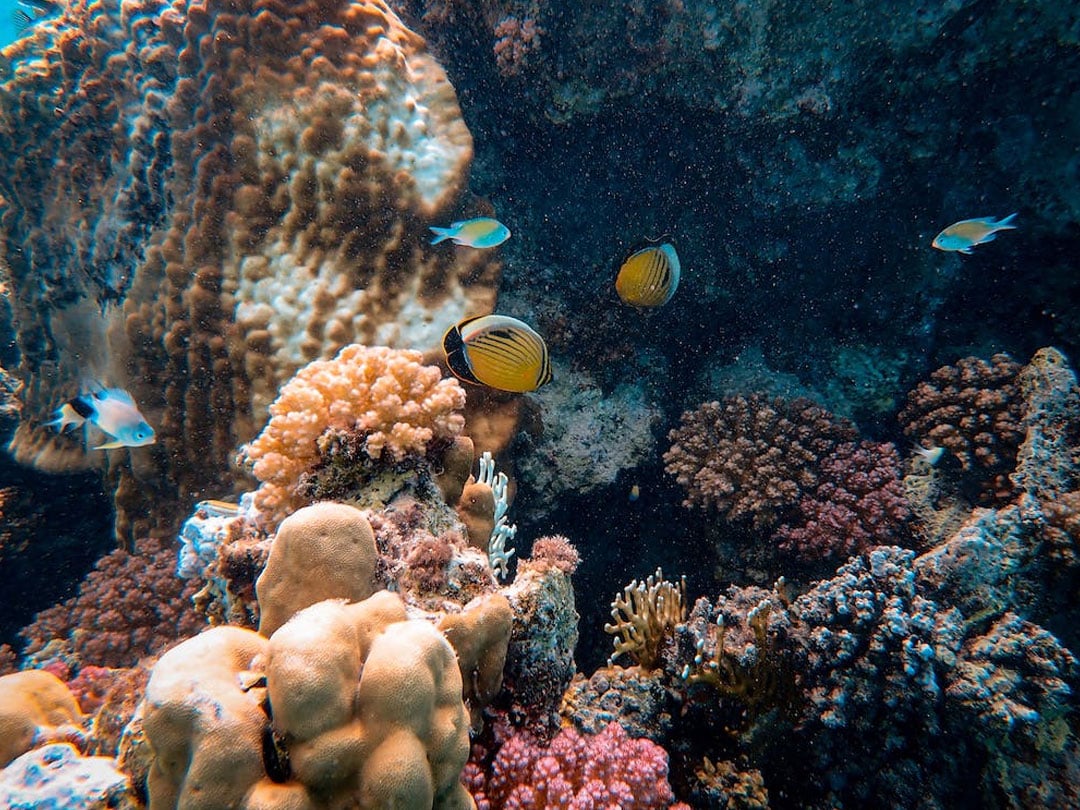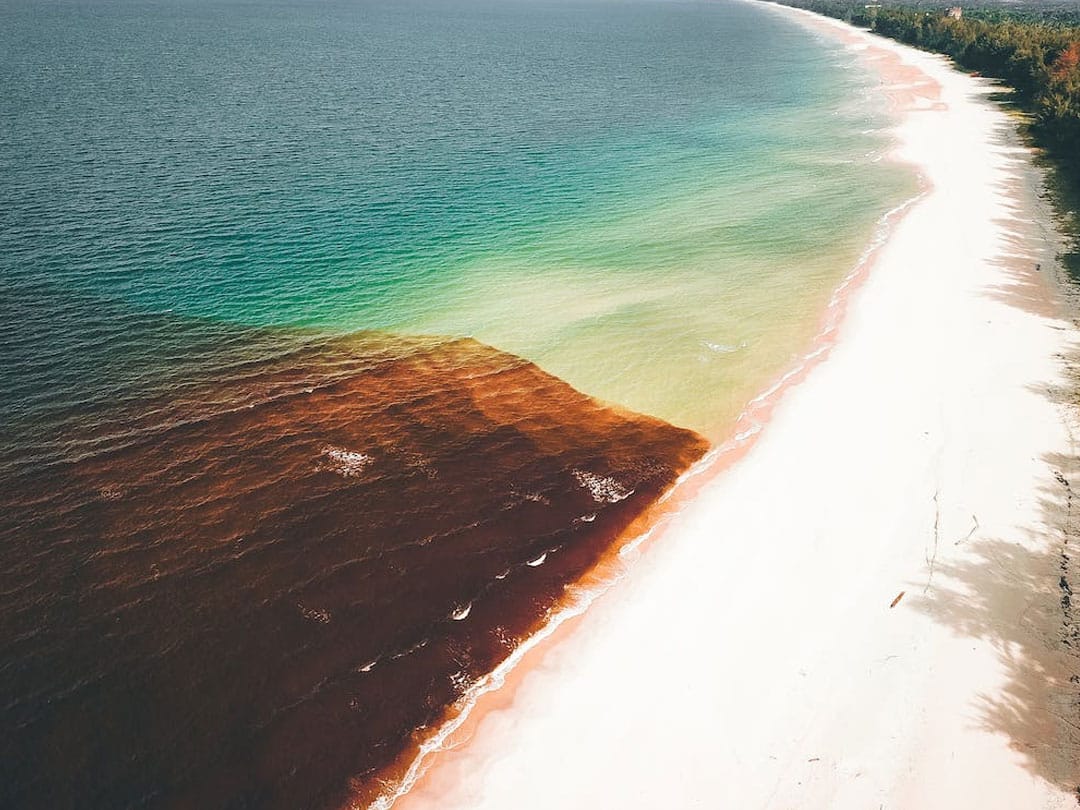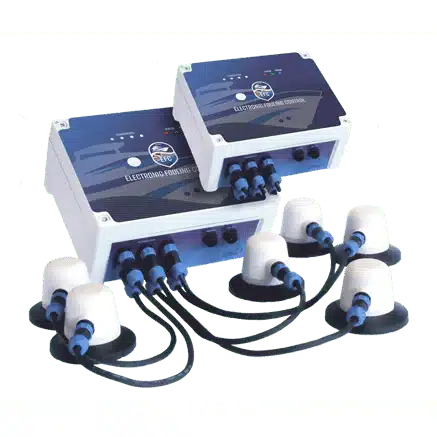The world’s oceans are not only vast bodies of water but also intricate ecosystems teeming with life, from the algae and smallest, microscopic organisms, to apex predators like sharks and every crustacean, fish, plant and mammal in between. However, the impacts of climate change on coastal marine systems have begun to disrupt the delicate balance that exists within these environments.
This blog looks at the impact of climate change on the world’s marine ecosystems, particularly those species associated with fouling on boats, plus, the effects of altered sea levels, pH levels and temperature on your antifouling coatings.
What is climate change?
Climate change refers to the long-term alteration of Earth’s climate patterns and systems, primarily attributed to human activities. It is characterised by a significant increase in global average temperatures, resulting from the build-up of greenhouse gases in the atmosphere. These gases, including carbon dioxide (CO2), methane (CH4), and nitrous oxide (N2O), trap heat, preventing it from escaping out of the Earth’s atmosphere and contribute to the greenhouse effect, causing the planet to warm (global warming). The primary drivers of climate change are the burning of fossil fuels for energy or transport, deforestation, industrial processes and agricultural practices.
The impacts of climate change extend far beyond rising temperatures. They include altered precipitation (rain and snow) patterns, sea-level rise, increased frequency and intensity of extreme weather events such as hurricanes, droughts and heatwaves that we are all becoming more familiar with in the UK. This more extreme weather, coupled with rising global temperature affects various natural systems, including oceans, ice caps, glaciers, and ecosystems, with consequences for biodiversity and ecological balance.
The impacts of climate change on marine ecosystems – a focus on marine fouling organisms
Impacts of rising sea levels on costal and marine ecosystems
Global warming is having a huge impact on polar sea ice. With warmer temperatures sea ice is melting at an unprecedented rate. As well as impacting animals such as polar bears and seals, which use this ice to hunt and raise their young, melting sea ice is leading to a rise in sea levels across the globe.
Sea level rise will lead to a significant alteration of costal communities, including coastal ecosystems such as shorelines, estuaries and coral reefs. Rising sea levels have the potential to destroy these delicate habitats. This loss reduces the availability of suitable breeding grounds and feeding areas, resulting in a decline in biodiversity and the potential loss of important ecosystem functions, such as nutrient cycling and shoreline stabilisation.
Moreover, the loss of ice caps will result in decreased salinity of the seas and oceans and increase the number of ocean storms, both of which have the potential to effect which species able to survive and how they settle. A loss of biodiversity can allow for an explosion of marine fouling organisms if their numbers are not kept in check by natural predators and conditions.
Impacts of ocean acidification on marine ecosystems
The impact of ocean acidification in combination with higher sea temperatures on coral reefs has been well documented with coral bleaching – a process by which the corals expel the algae living amongst them, stressing them and turning them completely white – featuring in many well publicised documentaries.
But it’s not just coral which are affected by acidification. All marine organisms will have adapted to the pH of the ocean, as this changes rapidly some marine species may exhibit tolerance to acidification, while others may struggle to adapt. Eventually this will lead to shifts in the composition of fouling communities as well as the wider food web, a loss of biodiversity and potentially new problems for boat owners.
Impacts of ocean warming on marine species
Warmer temperatures accelerate the metabolism and reproductive rates of biofouling organisms, leading to increased settlement and colonisation on submerged surfaces. This results in accelerated fouling dynamics, where fouling organisms establish and grow at a faster pace.
One example of this is where warmer sea temperatures caused by climate change allow algae to grow thicker and faster. These algal blooms float to the surface of the water, preventing sunlight from reaching the marine life below and trapping heat, increasing water temperatures further. Increased algae is a problem for boat owners as it is often sticks to the biofilm of slime from bacteria which colonises the hulls of boats. The macrofouling organisms such as barnacles, tube worms and mussels are then able to attach to this algae.
The changing environmental conditions also favour the proliferation of invasive fouling species from across the world, species such as zebra mussels, which can outcompete native species and disrupt the delicate balance of marine species within our UK costal and marine ecosystems.
The impacts of climate change on the durability of traditional antifouling coatings
There is even more of a reason for boat owners to take climate change seriously. Scientists have evidence to suggest that warmer, more turbulent and more acidic seas and oceans are all impacting the effectiveness and durability of antifouling paints.
- Warmer water temperatures can cause the biocides to leach more quickly meaning that boats require coating more regularly. This will also make it difficult for these coatings to conform to environmental regulations.
- Turbulent water can cause the faster erosion of ablative antifouling paints, once again meaning that coatings have to be reapplied more regularly.
- Acidification will also negatively impact the leeching of biocides from coatings, compromising their antifouling properties.
It is clear that with the impact of climate change, biofouling is going to become an even bigger problem for boat owners than it is today.
Climate change-resistant alternatives to traditional antifouling coatings
Boat owners require a sustainable and effective fouling control mechanism that is resistant to alterations in sea temperatures, this is where EFC’s ultrasonic antifouling kits come in.
EFC Ultrasonic Antifouling Technology
Our ultrasonic antifouling technology works using transducers attached to the inside of boat hulls. These transducers emit high frequency waves that cause vibrations across the hull of the boat. The vibrations are undetectable to human occupants but create microscopic currents around the hull which prevent fouling from attaching. With the option of solar powered control systems they run 24/7 helping to keep your boat free from fouling, reducing the amount of fuel you need which, in turn, reduces greenhouse gas emission as well as saving money and reducing maintenance.
Not only does ultrasonic antifouling have the potential to resist the challenges posed by climate change, using our chemical-free, ultrasonic technology means fewer chemicals are being released into our oceans, reducing the impact on the environment and marine life and protecting the health of our oceans for generations to come.
